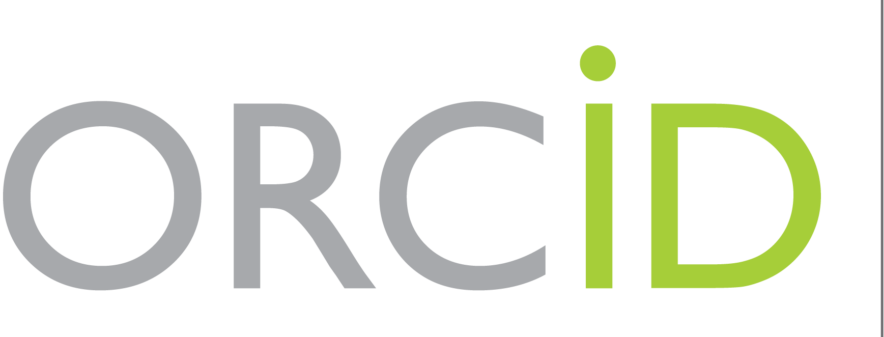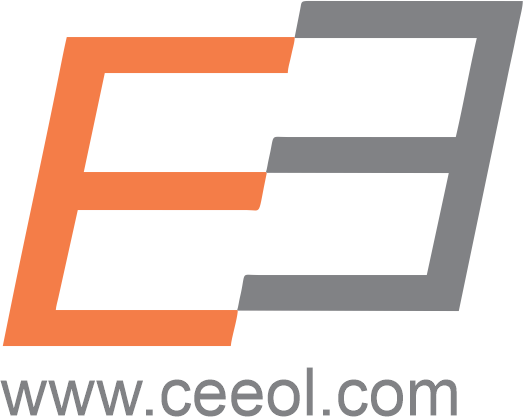INVESTIGATING THE EFFECT OF SELF-ORGANIZED LEARNING ENVIRONMENT) IN HIGHER EDUCATION TO IMPROVE STUDENTS’ LEARNING, EDUCATIONAL INSPIRATION, AND COMMITMENT IN E – COURSE
Keywords:
Big Question, Collaborative Learning. SOLEAbstract
Soles (Self Organized Learning Environment) can be performed at any situation whenever the educator inspires the students to work in a group and answer a Big Question using the internet. It is the student driven Collaborative Learning; a widespread research was done among school students which verifies its effectiveness among school learners. Use of SOLEs is seldom in the higher education. The purpose of this study is to investigate the effect of SOLE in terms of learning, motivation and engagement of the Learners. 100, 2nd semester learners of school of Physiotherapy will serve as the subjects for the study, a regular course will be taught by creating SOLE. Create a curiosity in the Learners mind by asking a big question. Or are challenged to think of their own they can make their own group and can change group any time and explore the answer in any direction all the groups expected to present what they have learn in the end of the session. Students will be empowered to take ownership of their learning experience. The academic score, cloud course usage and course feedback will be taken from the students which will be analysed and compared with the previous batches’ performance. From these, small sample, studies, we conclude that groups of students, using the Internet, can answer test questions and score good marks in the internal exams. The retention power of the topic is also increased when they work in the group and discuss the problem as it become an event rather than a session or class full of lectures. More research is needed in the higher education and in different domain also to prove the efficiency of SOLE among collegiate Students.
References
Brown, S. and McIntyre, D. (1993) Making sense of teaching. Buckingham: Open University Press.
Clark, D. (2013) more holes in Mitra’s ‘Hole in the Wall’ Project. Blog:Donald Clark Plan B.
Dangwal, R., Sharma, K., and Hazarika, S. (2014) “Hole-in-the-Wall learning stations and academic performance among rural children in India”, Journal for Multicultural Education, Vol. 8 Iss: 1, pp. 31-53.
Dangwal, R. and Gope. S.K. (2011). Indian adaptation of Motivated Strategy Learning Questionnaire in the context of Hole -in-the- wall (2011), International Journal of Education and Development using Information and Communication Technology. Vol. 7, No. 3 (2011)
Dangwal, R. and Thounaojam, M. (2011). Self-regulatory behaviour and Minimally Invasive (MIE) Education: A Case study in the Indian context, International Journal of Education and Development using ICT>Vol. 7, No. 1 (2011).
Dangwal, R. and Kapur, P. (2009). Social networking effect at “HiWEL” kiosks amongst children, Multicultural Education & Technology Journal 2009, 3(4), pp. 290- 305.
Dangwal, R. and Kapur, P. (2009), Learning through teaching: Peer-mediated instruction in Minimally Invasive Education, British Journal of Educational Technology Vol 40 No 1 2009, 5-22.
Dangwal, R. and Kapur, P. (2008), Children’s learning processes using unsupervised “hole in the wall” computers in shared public spaces, Australasian Journal of Educational Technology 2008, 24(3), pp. 339-354.
Dangwal, R.,Jha, S., Kapur, P.(2006). Impact of Minimally Invasive Education on Children – An Indian Perspective (colloquium), British Journal of Educational Technology Vol 37 No 2 2006, pp. 295-298.
Dangwal, R., Jha, S., Chatterjee, S. and Mitra, S. (2005), A model of how children acquire computing skills from “Hole in the Wall” computers in public places, Information Technologies and International Development Journal, Summer 2005, Vol. 2, No. 4, pp. 41-60
Jha, S. and Chatterjee, S. (2005), Public-Private Partnership in a Minimally Invasive Education Approach, International Education Journal, 2005, 6(5), 587-597.
DeBoer, J. (2009), The relationship between environmental factors and usage behaviours at “Hole-in-the-Wall” computers, International Journal of Educational Development Volume 29, Issue 1, January 2009, pp. 91-98.
Haynes N. (2012), Grannies for all – a scheme that makes kids read and my heart sing, The Independent, 18th April 2012.
Inamdar, P. and Kulkarni, A. (2007), “Hole-In-The-Wall” Computer Kiosks Foster Mathematics Achievement – A comparative study, Educational Technology & Society, 10 (2), pp. 170-179.
Inamdar, P. (2004), Computer skills development by children using “Hole in the Wall” facilities in rural India, Australasian Journal of Educational Technology 2004, 20(3), pp. 337-350.
Mitra, S. and Quiroga, M. (2012), “Children and the Internet – A preliminary study in Uruguay”, International Journal of Humanities and Social Science, 2(15), August 2012. http://www.ijhssnet.com/journals/Vol_2_No_15_August_2012/15.pdf
Mitra S. (2012), Beyond the Hole in the Wall: Discover the Power of Self-Organized Learning Kindle Edition, TED Books. Mitra, S. (2010), Give them a laptop and a group of pupils will teach themselves The Guardian UK, 18 October 2010.
Mitra, S. and Dangwal, R. (2010). ‘Limits to self-organising systems of learning – the Kalikuppam experiment’, British Journal of Educational Technology, Volume 41, Issue 5, pp. 672-688, September 2010.
Mitra, S. (2009). 'Remote Presence: Technologies for “Beaming” Teachers Where They Cannot Go'. Journal of emerging technology and web intelligence, 2009, 1(1), pp. 55-59.
Mitra S, Dangwal R, Thadani L. (2008). Effects of remoteness on the quality of education: A case study from North Indian schools. Australasian Journal of Educational Technology 2008, 24(2), pp. 168-180
Mitra, S. (2005), Self-organizing systems for mass computer literacy: Findings from the “hole in the wall” experiments, International Journal of Development Issues, Vol. 4 (1), pp. 71-81.
Mitra, S., Ritu D., Shiffon C., Jha, S., Bisht, R.S. and Kapur, P. (2005), Acquisition of Computer Literacy on Shared Public Computers: Children and the “Hole in the wall”, Australasian Journal of Educational Technology, 21(3), pp. 407-426.
Mitra, S., (2003), Minimally Invasive Education: A progress report on the “Hole-in-thewall” experiments, The British Journal of Educational Technology, 34, 3, pp. 367-371.
Mitra, S., Tooley, J. Inamdar P.and Dixon, P. (2003) Improving English pronunciation – an automated instructional approach, Information Technology and International Development, 1(1) pp. 741-83, MIT Press
Mitra, S. and Rana, V. (2001), Children and the Internet: Experiments with minimally invasive education in India, The British Journal of Educational Technology, 32, 2.
Downloads
Published
How to Cite
Issue
Section
License

This work is licensed under a Creative Commons Attribution 4.0 International License.
http://creativecommons.org/licenses/by-nc-nd/4.0












